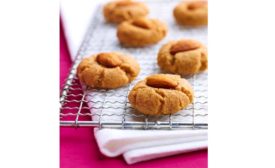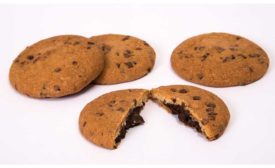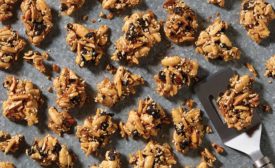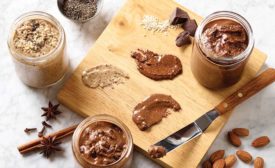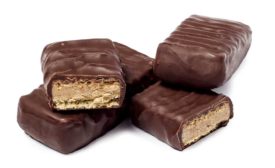Nuts & Seeds
Creative cookies get thinner, healthier and offer innovative flavors
Boosted nutrition, fewer calories and innovative flavors lead current cookie innovations.
September 13, 2017
State of the Industry 2017: Tradition anchors breads while innovation looks to the future
Traditional products anchor the category while a range of trends align with new directions for breads, bagels and English muffins.
June 13, 2017
State of the Industry 2017: Across the board, healthy bars find success
When it comes to bars, nutrition is king.
June 13, 2017
Better-for-you snacks look to increase nutrition, crunch, flavor
Consumers look for products that still feel like an indulgence, but that also provide nutrients.
May 18, 2017
Keep the info flowing with our eNewsletters!
Get the latest industry updates tailored your way.
JOIN TODAY!Copyright ©2024. All Rights Reserved BNP Media.
Design, CMS, Hosting & Web Development :: ePublishing
